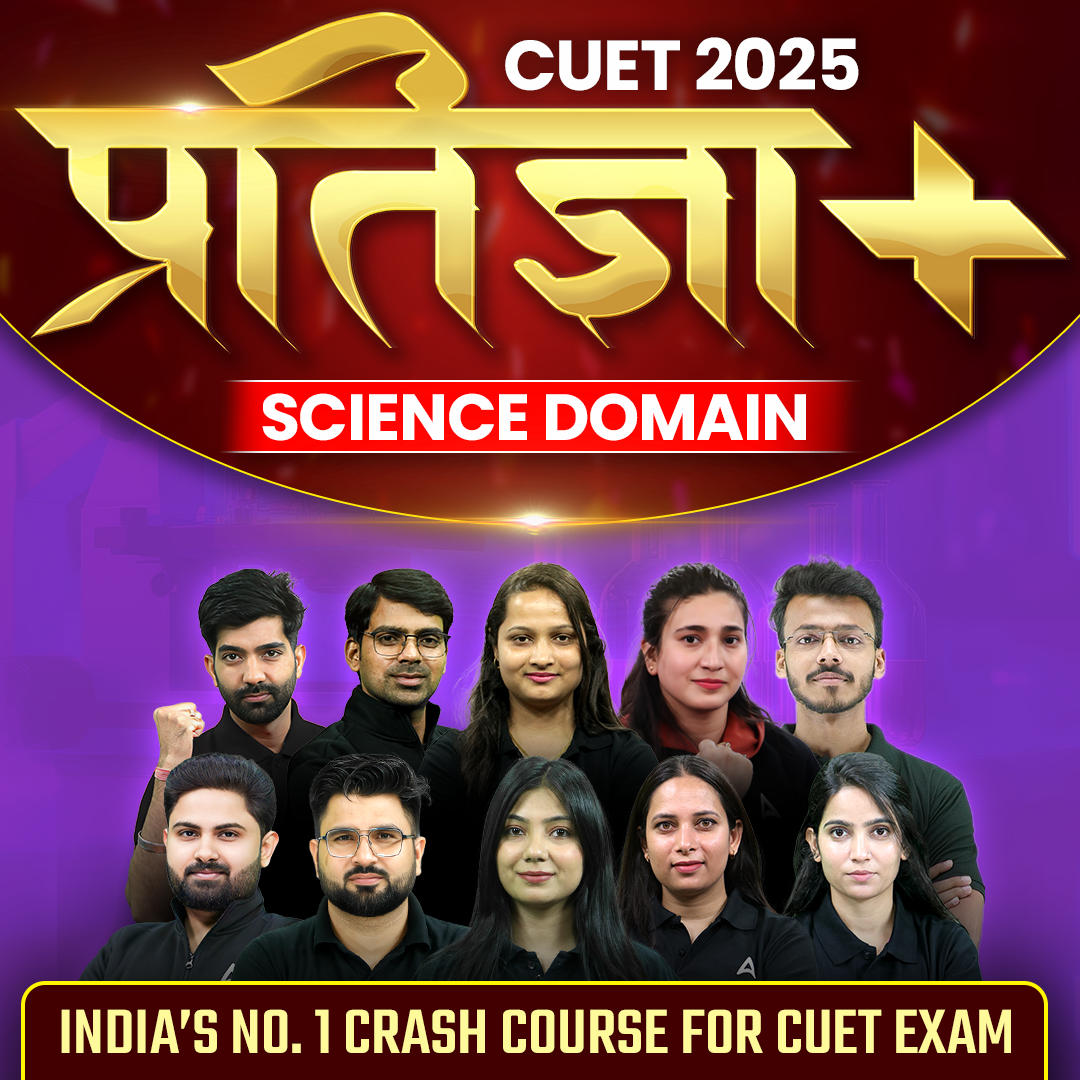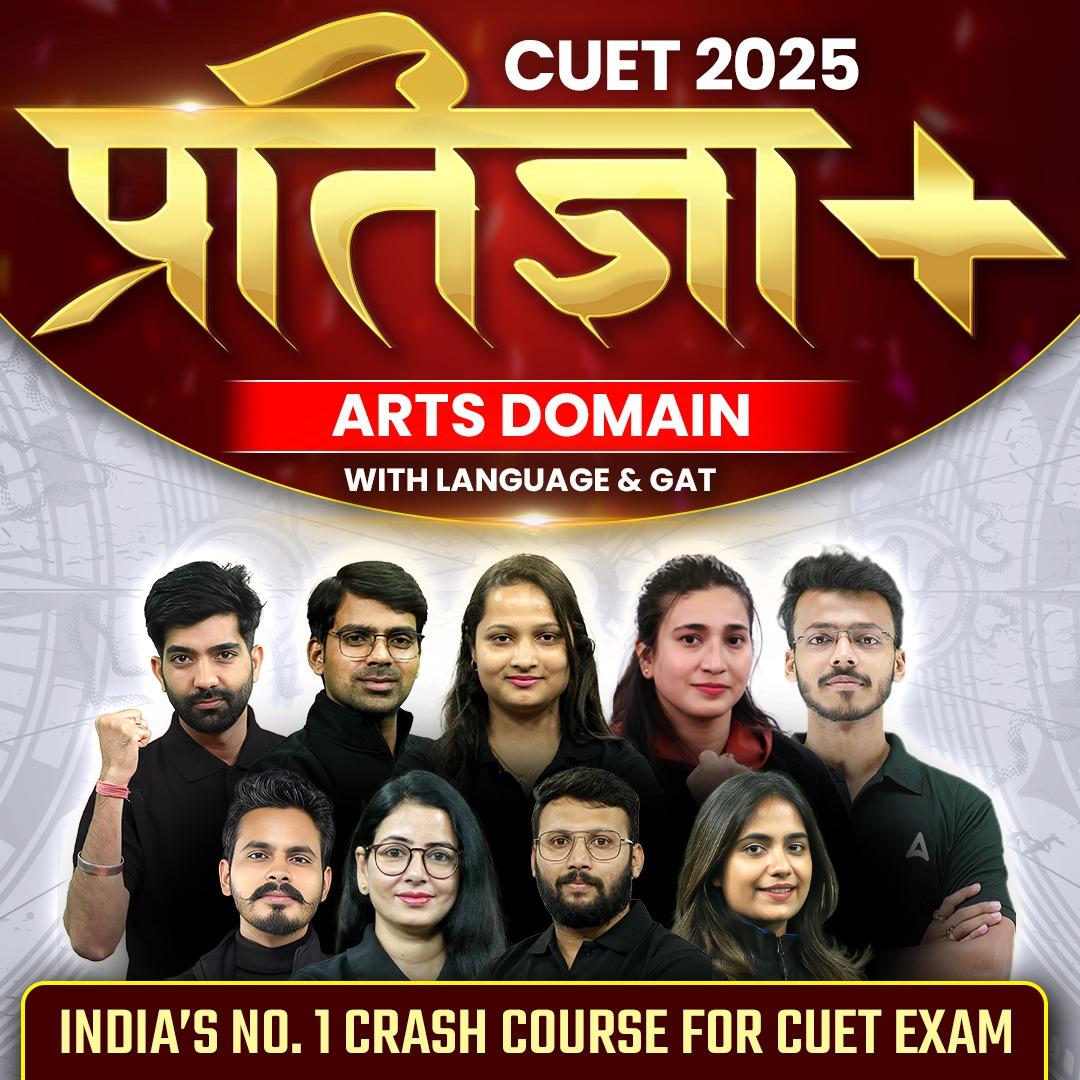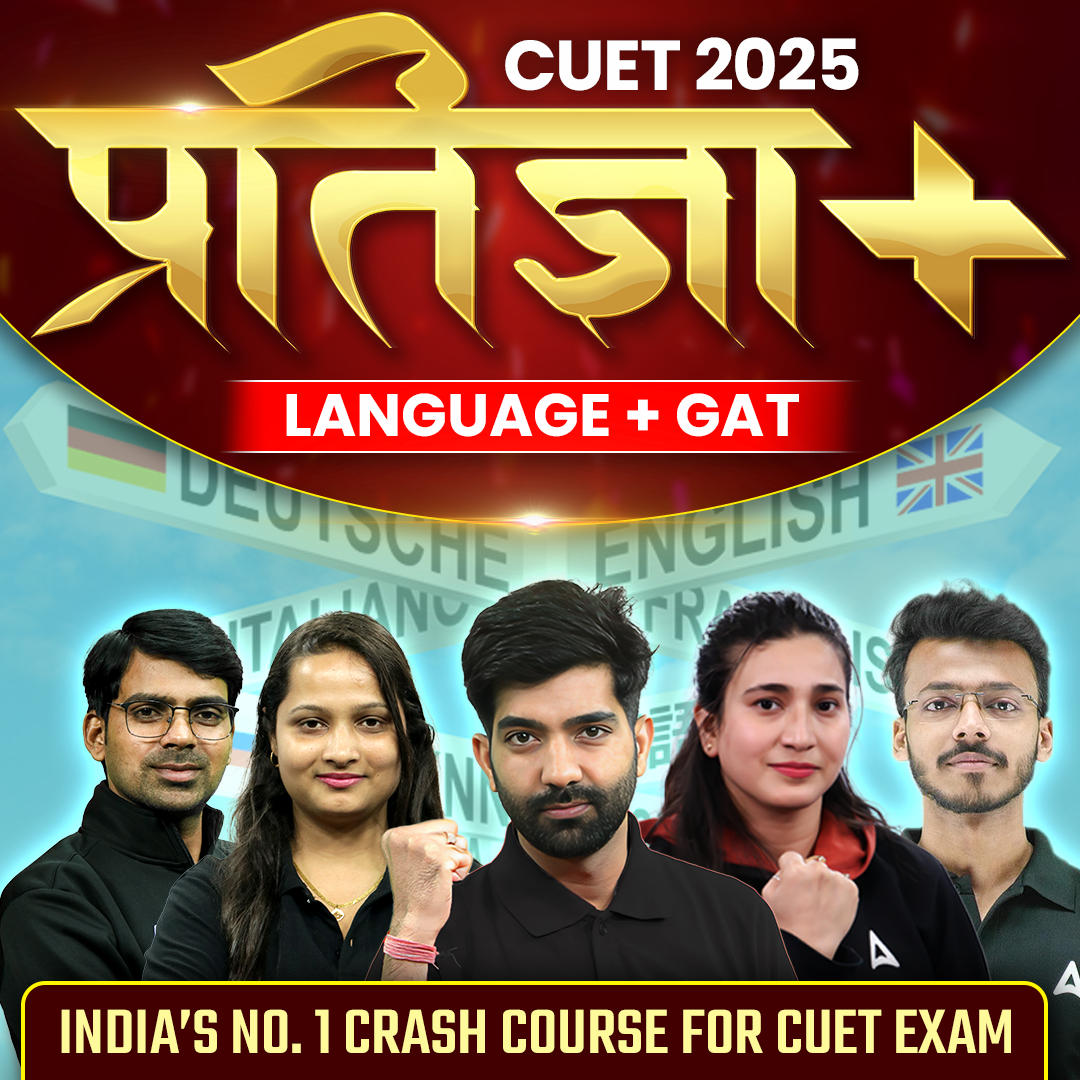Table of Contents
The CUET Exam is held every year by the National Testing Agency (NTA) in 380 cities, including 26 cities outside India, at various centers. Students who want to pursue undergraduate courses like B.A History (Hons), BSW, B.A. Sociology, and B.A. Archaeology needs to choose History as one of their subjects, along with others based on their preferred university. Before preparing for History course exams, students should first carefully review the updated CUET History syllabus for 2025.
The CUET 2025 exam is held once a year and offers 27 domain subjects. Students can check their CUET History Syllabus at the official website https://exams.nta.ac.in/CUET-UG/. They can also prepare for CUET by studying their school subjects well and practicing previous question papers. The exam is conducted online, and students have to answer multiple-choice questions.
CUET Syllabus 2025 for History
The CUET UG History syllabus covers important events and themes from different periods of history. Students will learn about ancient civilizations like the Indus Valley, early societies, and major empires such as the Maurya and Gupta Empires. The CUET syllabus for History also includes the medieval period with key events, rulers, and cultural developments. Modern history is covered too, including colonialism, independence movements, and significant events from the 20th century. The CUET History Syllabus will help them understand what topics are covered and what they need to focus on, ensuring they are well-prepared for their studies.
CUET UG History Syllabus 2025
The goal is to help students learn about past events, how they affected people and societies, and their impact on the world today. By studying history, students can see how things have changed over time in different places. This helps them understand how the past influences the present and future. The aim is to give a clear and simple understanding of how history has developed in various regions and times. This will help students see the connections between history and the world around them, making it easier to understand how events from the past shape the world today.
CUET History Syllabus – Topics
The CUET UG History syllabus is designed to give students a clear understanding of the key events, important figures, and major changes that have shaped history over time.
- The Story of the First Cities Harappan Archaeology
- Political and Economic History: How Inscriptions tell a story
- Social Histories using the Mahabharata
- A History of Buddhism: Sanchi Stupa
- Medieval society through Travellers’ Accounts
- Religious Histories: The Bhakti-Sufi Tradition
- New Architecture: Hampi
- Agrarian Relations: The Ain-i-Akbari
- The Mughal Court: Reconstructing Histories through Chronicles
- Colonialism and Rural Society: Evidence from Official Reports
- Representations of 1857
- Colonialism and Indian Towns: Town Plans and Municipal Reports
- Mahatma Gandhi Through Contemporary Eyes
- Partition through Oral Sources
- The Making of the Constitution
CUET History Syllabus 2025 Unit Wise
The CUET history syllabus is divided into different sections, each focusing on a specific period or theme. One section covers ancient history, including early civilizations and empires, while another focuses on medieval history, exploring the rise of kingdoms and cultures. There may also be a section on modern history, covering topics like colonization, independence struggles, and world wars. Each section helps students understand how societies grew and changed over time.
Unit I: The Story of the First Cities Harappan Archaeology
- Broad overview: Early urban centres.
- Story of discovery: Harappan civilization.
- Excerpt: Archaeological report on a major site. Discussion: how it has been utilized by archaeologists/historians
Unit II: Political and Economic History: How Inscriptions tell a story
- Broad overview: Political and economic history from the Mauryan to the Gupta period.
- Story of discovery: Inscriptions and the decipherment of the script. Shifts in the understanding of political and economic history.
- Excerpt: Asokan inscription and Gupta period land grant.
- Discussion: Interpretation of inscriptions by historians.
Unit III: Social Histories using the Mahabharata
- Broad overview: Issues in social history, including caste, class, kinship and gender.
- Story of discovery: Transmission and publications of the Mahabharata.
- Excerpt: From the Mahabharata, illustrating how it has been used by historians.
Unit IV: A History of Buddhism: Sanchi Stupa
- Broad overview:
(a) A brief review of religious histories of Vedic religion, Jainism, Vaisnavism, Saivism.
(b) Focus on Buddhism. - Story of discovery: Sanchi stupa.
- Excerpt: Reproduction of sculptures from Sanchi. Discussion: Ways in which sculpture has been interpreted by historians, other sources for reconstructing the history of Buddhism.
Unit V: Medieval Society Through Travellers’ Accounts
- Broad Overview: Outline of social and cultural life as they appear in travellers’ accounts.
- Story of their writings: A discussion of where they travelled, why they travelled, what they wrote, and For whom they wrote.
- Excerpts: from Alberuni, Ibn Battuta, Bernier.
- Discussion: What these travel accounts can tell us and how they have been interpreted by historians.
Unit VI: Religious Histories: The Bhakti-Sufi Tradition
- Broad Overview:
(a) Outline of religious developments during this period.
(b) Ideas and practices of the Bhakti-Sufi saints. - Story of Transmission: How Bhakti-Sufi compositions have been preserved.
- Excerpt: Extracts from selected Bhakti Sufi works.
- Discussion: Ways in which these have been interpreted by historians.
Unit VII: New Architecture: Hampi
- Broad Overview:
(a)Outline of new buildings during the Vijayanagar period — temples, forts, irrigation facilities.
(b)Relationship between architecture and the political system. - Story of Discovery: Account of how Hampi was found.
- Excerpt: Visuals of buildings at Hampi.
- Discussion: Ways in which historians have analysed and interpreted these structures.
Unit VIII: Agrarian Relations: The Ain-i-Akbari
- Broad overview:
(a) Structure of agrarian relations in the 16th and 17th centuries.
(b) Patterns of change over the period. - Story of Discovery: Account of the compilation and translation of Ain-i-Akbari.
- Excerpt: From the Ain-i-Akbari
- Discussion: Ways in which historians have used the text to reconstruct history.
Unit IX: The Mughal Court: Reconstructing Histories through Chronicles
- Broad Overview:
(a) Outline of political history c. 15th-17th centuries.
(b) Discussion of the Mughal court and politics. - Story of Discovery: Account of the production of court chronicles, and their subsequent translation and transmission.
- Excerpts: from the Akbarnama and Padshahnama.
- Discussion: Ways in which historians have used the texts to reconstruct political histories.
Unit X: Colonialism and Rural Society: Evidence from Official Reports
- Broad overview:
(a) Life of zamindars, peasants and artisans in the late 18th century.
(b) East India Company, revenue settlements and surveys.
(c) Changes over the nineteenth century. - Story of official records: An account of why official investigations into rural societies were undertaken and the types of records and reports produced.
- Excerpts: From Firminger’s Fifth Report, Accounts of Francis Buchanan-Hamilton, and Deccan Riots Report.
- Discussion: What the official records tell and do not tell, and how they have been used by historians.
Unit XI: Representations of 1857
- Broad Overview:
(a) The events of 1857-58.
(b) How these events were recorded and narrated. - Focus: Lucknow.
- Excerpts: Pictures of 1857. Extracts from contemporary accounts.
- Discussion: How the pictures of 1857 shaped British opinion of what had happened.
Unit XII: Colonialism and Indian Towns: Town Plans and Municipal Reports
- Broad Overview: The growth of Mumbai, Chennai, hill stations, and cantonments in the 18th and 19th century.
- Excerpts: Photographs and paintings. Plans of cities. Extract from town plan reports. Focus on Kolkata town planning.
- Discussion: How the above sources can be used to reconstruct the history of towns. What these sources do not reveal.
Unit XIII: Mahatma Gandhi Through Contemporary Eyes
- Broad Overview:
(a) The nationalist movement 1918-48,
(b) The nature of Gandhian politics and leadership. - Focus: Mahatma Gandhi in 1931.
- Excerpts: Reports from English and Indian language newspapers and other contemporary writings.
- Discussion: How newspapers can be a source of history.
Unit XIV: Partition through Oral Sources
- Broad Overview:
(a) The history of the 1940s;
(b) Nationalism, Communalism and Partition. - Focus: Punjab and Bengal.
- Excerpts: Oral testimonies of those who experienced partition.
- Discussion: Ways in which these have been analysed to construct the history of the event.
Unit XV: The Making of the Constitution
- Broad Overview: (a) Independence and the new nation-state. (b) The making of the Constitution.
- Focus: The Constitutional Assembly debates.
- Excerpts: From the debates.
- Discussion: What such debates reveal and how they can be analyzed.
CUET History Syllabus 2025 PDF
Students preparing for the CUET 2025 exam should pay special attention to the history section, as it includes important topics that can boost their scores. To perform well, it is essential to have a clear understanding of the syllabus. To help students, we have provided the CUET History Syllabus 2025 in PDF format. Reviewing the complete syllabus will guide students in their preparation and ensure they cover all key topics for the exam. Proper planning with the syllabus can improve their chances of success.
Best Books For CUET 2025 History
To do well in the CUET UG History exam, you need the right books. These books explain important events and ideas in Indian history in a simple way. They are great for beginners who want to learn history from the basics. Reading these books will help you understand the topics easily and prepare well for the exam. They cover all the important parts of history in a clear and easy-to-read way. If you study from these books, you will gain a good understanding and be ready to answer questions in the exam. Here are some of the best books for CUET UG History.
- NCERT History Textbooks (Class 11 & 12) – These are easy to understand and cover all important topics.
- “India’s Ancient Past” by R.S. Sharma – Great for ancient history.
- “Medieval India” by Satish Chandra – Helpful for medieval history.
- “Modern India” by Bipan Chandra – Perfect for modern history.
- “History of Modern World” by Jain and Mathur – Covers world history.
- “A Brief History of Modern India” by Spectrum – Good for revision.
CUET History Syllabus 2025 PDF Free Download
The CUET History Syllabus 2025 is now available to be downloaded by the students in PDF form so that they can complete their preparations for all the crucial topics following the topics detailed in it. It covers all the important topics needed for effective study. By following the syllabus, students can focus on key subjects and improve their exam performance. To make it easy, a direct download link is provided below. Click on the link to get the PDF for free and start your preparation. Having the syllabus will help students plan their studies better and cover all crucial topics. Download now and get ready for the CUET History exam with proper guidance.
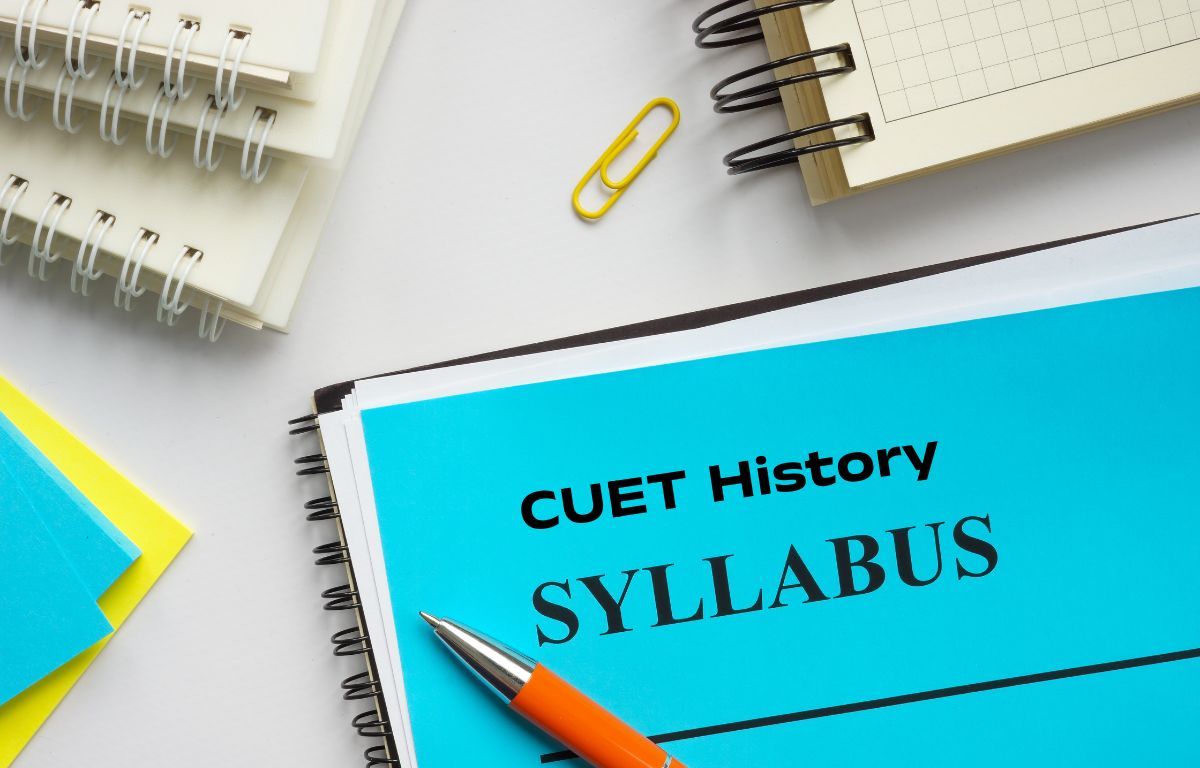

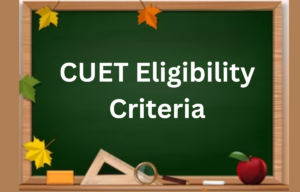 CUET Eligibility Criteria 2025: Age Limi...
CUET Eligibility Criteria 2025: Age Limi...
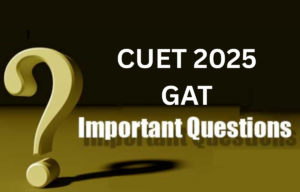 CUET UG 2025: Most Important 50 Question...
CUET UG 2025: Most Important 50 Question...
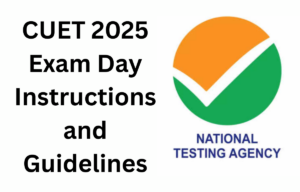 CUET 2025 Exam Day Instructions and Guid...
CUET 2025 Exam Day Instructions and Guid...
